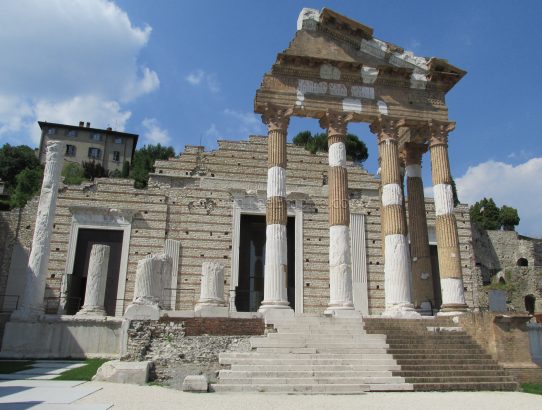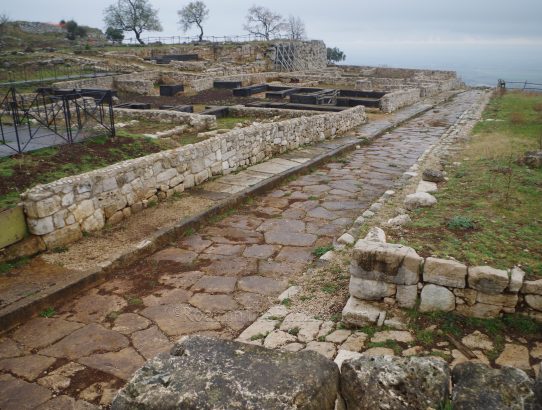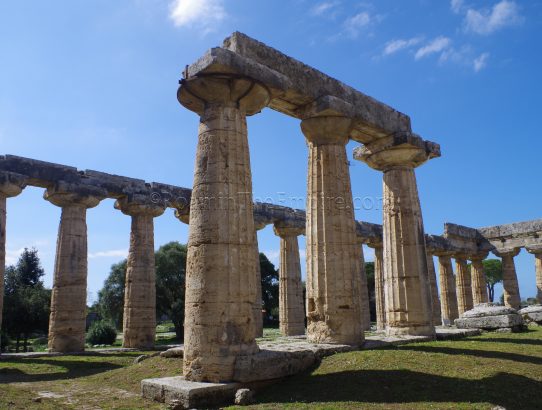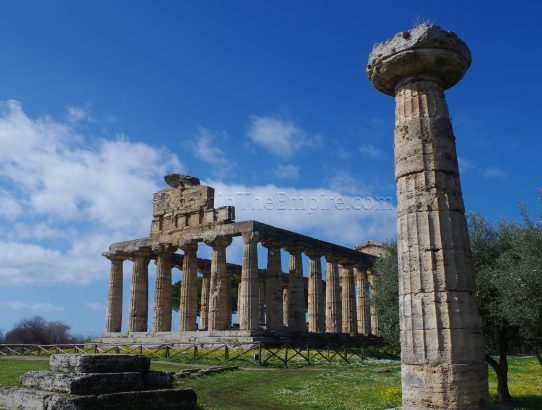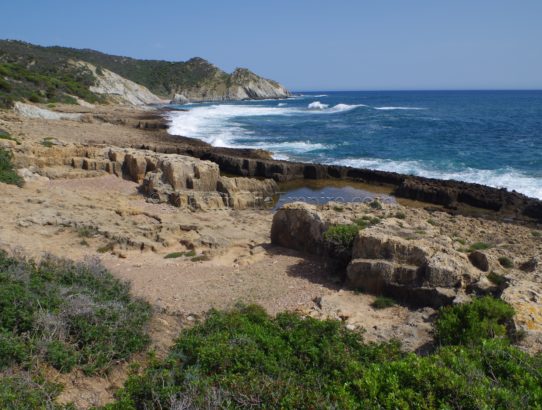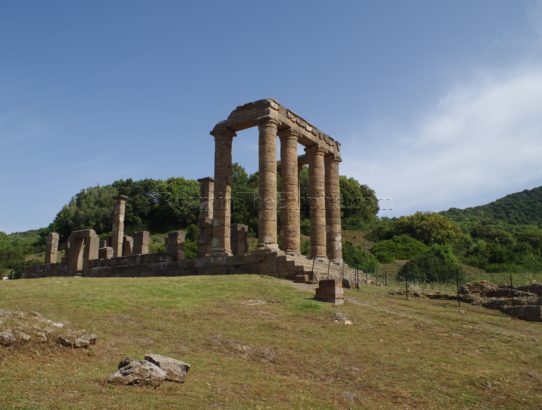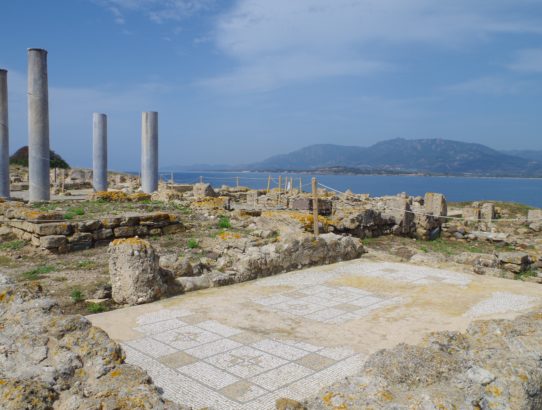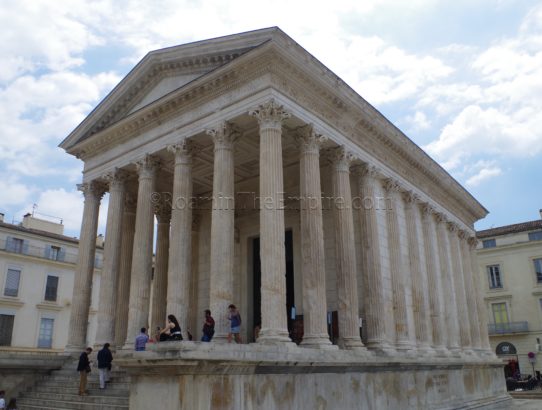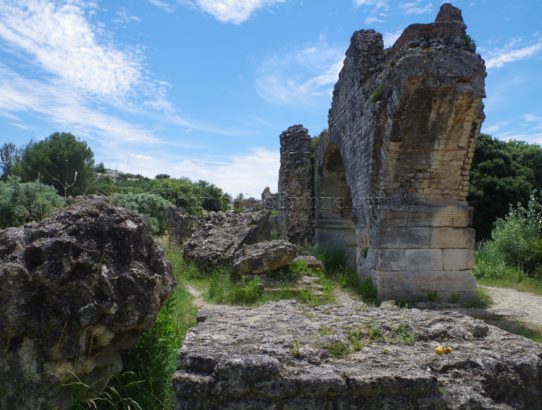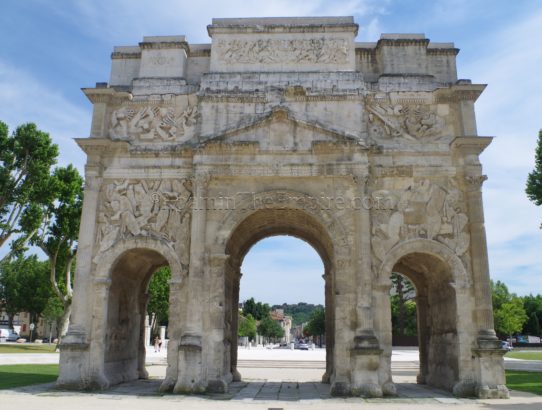Brixia, Venetia – Part I
The modern town of Brescia is situated in Northern Italy at the foot of the Alps, between Lake Iseo and Lake Garda (Lacus Sebinus and Lacus Benacus in antiquity, respectively) and along the Mella River (seemingly retaining it’s ancient name). In the Roman period, the settlement was called Brixia, seeming to derive from the Celtic…
Read More


